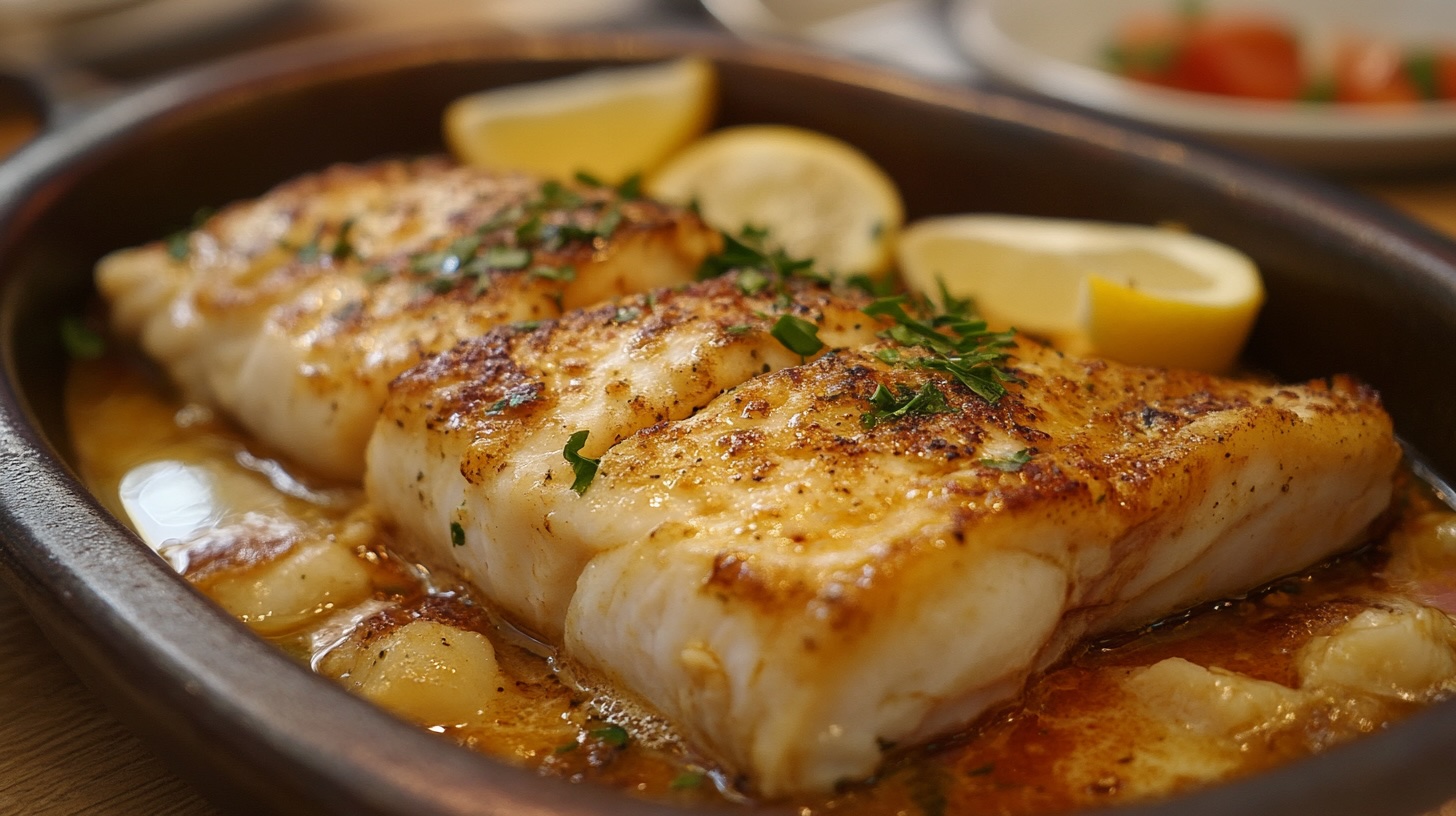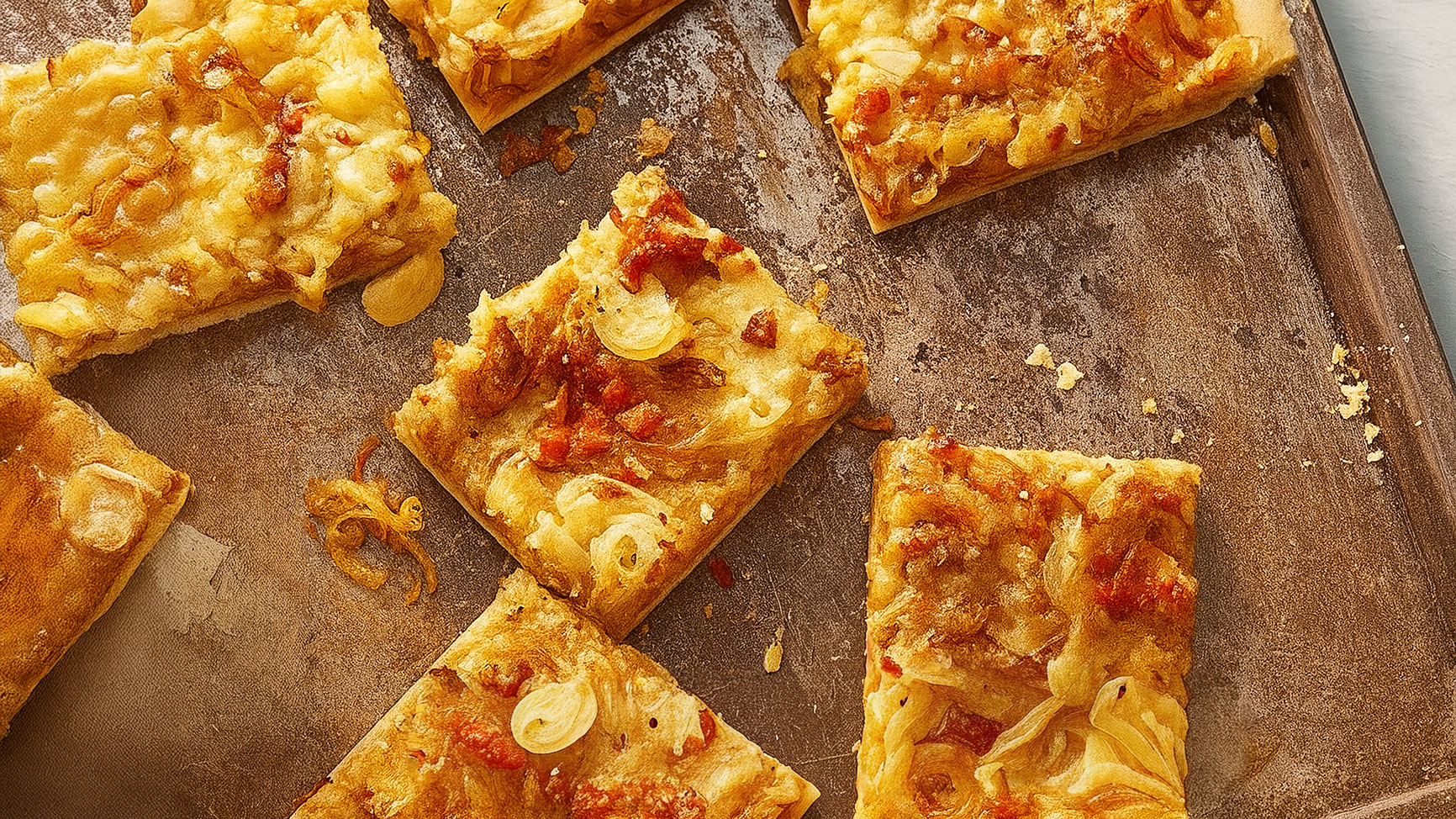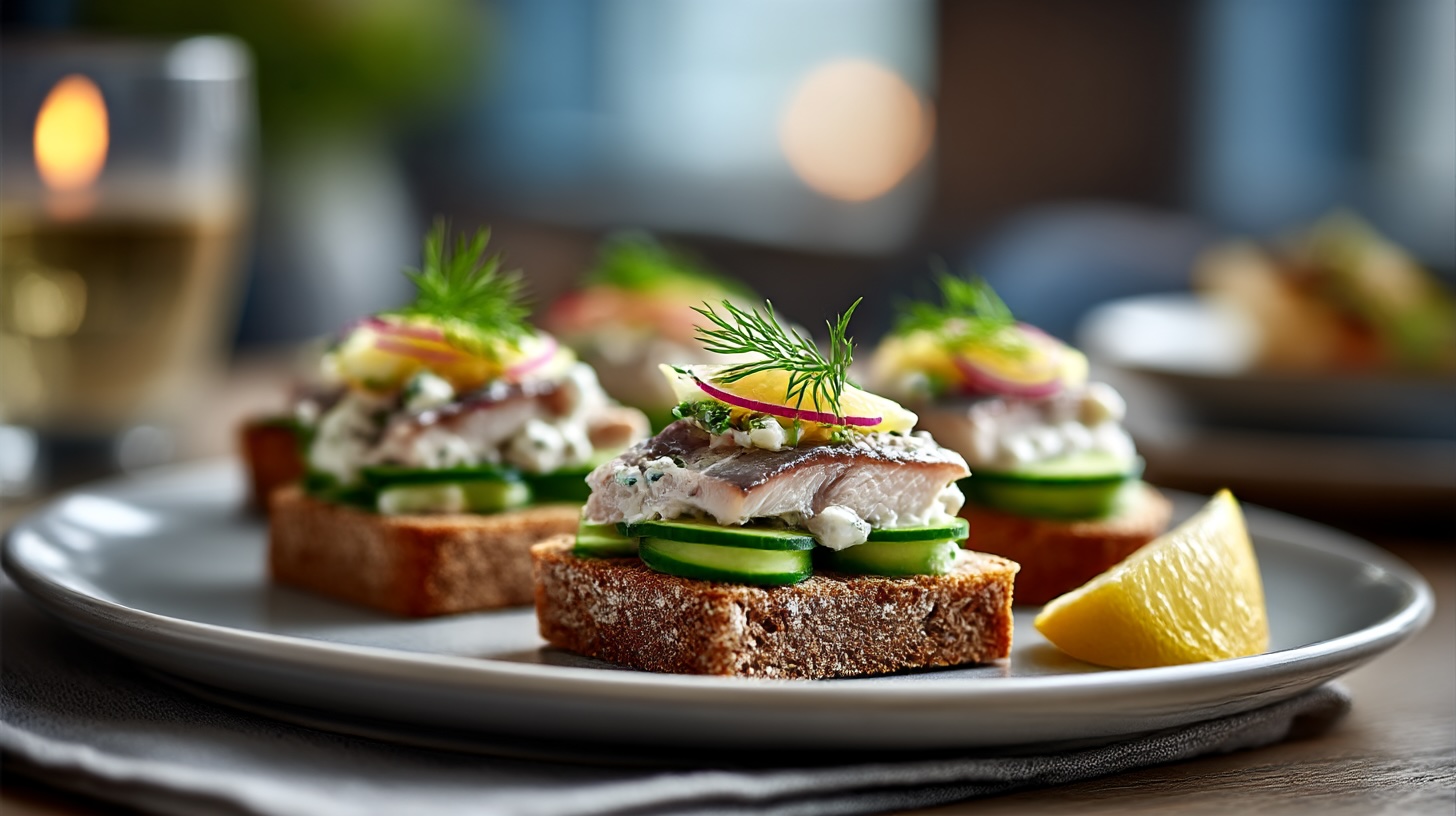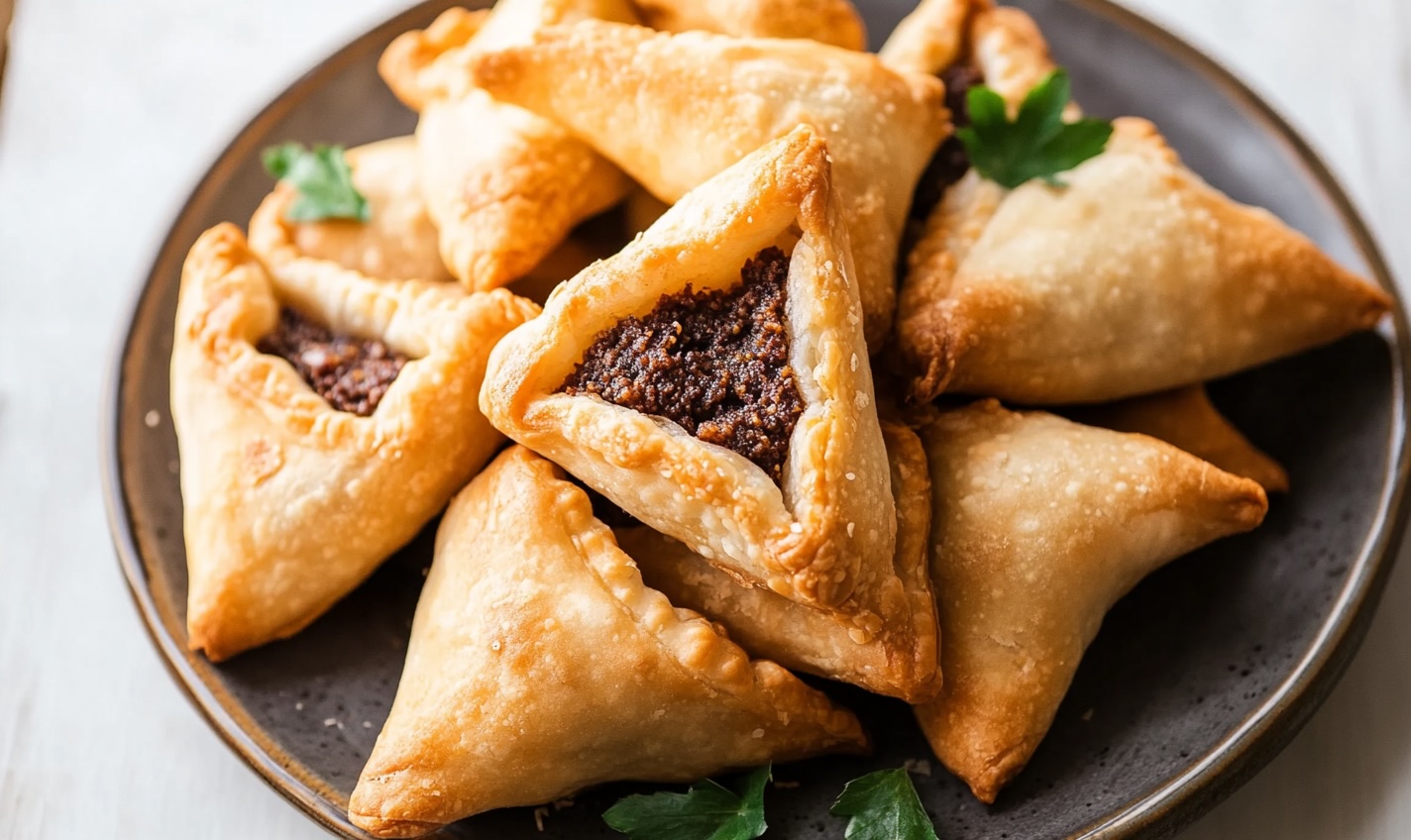Bacalhau: Portugal’s Salty Obsession and the Many Ways to Eat It
Bacalhau, the beloved salted cod of Portugal, is a fish with an identity crisis. It isn’t Portuguese, and it certainly isn’t fresh. But that hasn’t stopped it from becoming a national treasure, turning up at every important meal, from Christmas Eve dinners to random Tuesday lunches. The Portuguese like to claim there are at least 365 ways to prepare bacalhau—one for every day of the year—but frankly, they’ve probably surpassed that by now. Some say it’s closer to a thousand variations, ranging from simple baked dishes to elaborate layered feasts fit for royalty. Its presence is so deeply embedded in Portuguese culture that it’s practically an unofficial national dish, with recipes passed down through generations like treasured heirlooms.
From the Chilly Waters to the Portuguese Table
Bacalhau’s journey to Portuguese plates began somewhere cold—most likely the North Atlantic, off the coasts of Norway, Iceland, or Newfoundland. The Portuguese started fishing and trading for this preserved fish centuries ago, dating back to the Age of Exploration. Salting and drying cod was a brilliant way to keep it edible for long voyages. Unlike other nations that abandoned dried cod in favour of refrigeration, Portugal never gave up on bacalhau. Instead, they embraced it with unwavering enthusiasm, incorporating it into everyday meals and festive banquets alike. Even today, Portugal imports thousands of tonnes of dried cod annually, keeping up a demand that never seems to wane.
The process of salting and drying the cod preserves it for months, even years, making it an essential staple in Portuguese kitchens. Historically, it was the food of sailors, soldiers, and the working class, but over time, it became a culinary obsession, gracing both humble tables and extravagant banquets. Bacalhau has a peculiar paradox: once seen as the meal of the poor, it is now regarded as a delicacy worthy of the finest restaurants.
The Regional Twists on a Salty Classic
In Portugal, bacalhau isn’t just a dish; it’s a commitment. Every region has its own spin on it. In the north, you’ll find Bacalhau à Brás—shredded cod mixed with eggs, onions, and straw-like fried potatoes, a recipe allegedly invented by a tavern keeper in Lisbon but fiercely claimed by many. Down in Alentejo, they get creative with Bacalhau com Migas, pairing it with garlicky, olive oil-soaked breadcrumbs. Lisbon claims Bacalhau à Brás as its own, while Porto swears by Bacalhau à Gomes de Sá—flaky cod baked with onions, potatoes, and hard-boiled eggs, a dish so beloved it’s practically sacred.
The Azores, floating in the Atlantic, have their own takes, adding sweet peppers and local spices for a more vibrant flavour. Some regions even fry bacalhau in delicate batter or layer it in creamy sauces with cheese, making it an endless playground for creativity. Bacalhau com Natas, a luxurious dish of cod, cream, and potatoes, is a perfect example of how a seemingly simple ingredient can be transformed into an indulgent feast.
Drinks to Wash Down the Salt
Bacalhau needs a drink to keep things civil. Dry white wines from the Douro or Vinho Verde are classic choices. Their acidity cuts through the salt like a well-trained swordsman, slicing through the richness and enhancing the delicate flakes of cod. If you’re feeling bold, a crisp Portuguese beer does the trick too—Super Bock or Sagres are reliable companions. Some even go for a young red like a light-bodied Dão, proving that rules are meant to be broken. And let’s not forget the port or aguardente for a post-bacalhau digestif—because why not keep the Portuguese spirit alive?
What to Eat Alongside Your Bacalhau
Since bacalhau already has enough salt to make a sailor weep, the best accompaniments are simple and fresh. A lightly dressed salad, roasted peppers, or some buttery boiled potatoes work wonders. Olives, pickled onions, and a good drizzle of extra virgin olive oil also add contrast without overpowering the dish.
Some go all out and serve bacalhau with arroz de tomate, a flavourful tomato rice that balances the saltiness perfectly. Others stick with the tradition of pairing it with freshly baked broa, a rustic cornbread that soaks up all the delicious juices left on the plate. In some households, bacalhau is served with feijão-frade, a type of black-eyed pea salad, making for a protein-packed meal that is both hearty and refreshing.
The Love-Hate Relationship with Soaking
Bacalhau demands patience. Straight out of the package, it’s tough, dry, and salty enough to be used as a weapon. The trick? Soak it—preferably for at least 24 to 48 hours, changing the water a few times. Some claim three days is the gold standard. Those who fail to do this properly will be met with a dish so salty it might as well be served with a warning label.
The soaking process also transforms the fish, rehydrating it to a texture that, when cooked properly, is silky and tender. Those who know their bacalhau rituals will also tell you that some dishes require a firmer texture, meaning the soaking time should be adjusted accordingly. For example, Bacalhau à Lagareiro, where the fish is roasted with olive oil and garlic, benefits from a slightly firmer texture, while dishes like Bacalhau com Natas need a softer, more delicate flake.
The Perfect Bacalhau à Brás Recipe
Now that we’ve sufficiently praised bacalhau, let’s put it to good use with Bacalhau à Brás, one of the most comforting and addictive ways to enjoy it.
Ingredients:
- 400g salted cod (soaked and shredded)
- 3 tbsp olive oil
- 1 large onion, thinly sliced
- 2 cloves garlic, minced
- 4 eggs
- 200g straw potatoes (thin, crispy matchstick fries)
- A handful of chopped parsley
- A handful of black olives
- Salt and pepper to taste
- Optional: a dash of nutmeg or white pepper for an extra depth of flavour
Method:
Heat the olive oil in a pan over medium heat. Add the onions and garlic, cooking until soft and slightly golden. Toss in the shredded bacalhau and let it cook gently for a few minutes, allowing the flavours to meld.
In a separate bowl, lightly beat the eggs. Add the crispy straw potatoes to the pan, mixing them in with the bacalhau and onions. Pour the beaten eggs over everything, stirring gently so they coat the mixture but don’t scramble completely—think creamy, not dry. Season with salt and pepper (go easy on the salt!). Some people like to add a splash of cream for an even silkier texture.
Remove from heat, sprinkle with fresh parsley, and top with black olives. Serve immediately, preferably with a chilled glass of white wine and a slightly smug expression. And if you really want to eat like a local, pair it with a side of roasted red peppers and some crusty bread to mop up every last bit of flavour.
Bacalhau is more than just a dish; it’s a Portuguese institution. Whether you love it at first bite or need time to warm up to its charms, one thing’s for sure—it’s here to stay. And if you ever find yourself in a Portuguese home, just know that turning down a plate of bacalhau might just be considered a mild form of treason.




2 comments